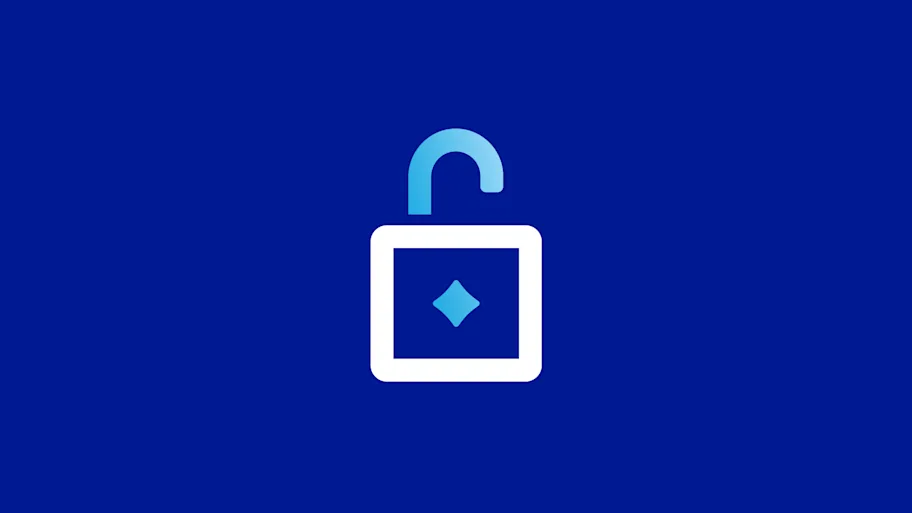
- Science news
- Open science and peer review
- Open Access in Germany – improving all the time
Open Access in Germany – improving all the time

open access
By Richard Walker
The number of scientific articles published in Open Access journals world-wide is increasing at a rate of over 20% every year. Already in 2015, 11% of all the articles that appeared in the literature were published in Open Access journals. Most of them were paid for by Article Processing Charges that authors’ institutions pay to publishers, often with financial support from national funding agencies.
Supporters of Open Access argue that this is a good investment. But are they right? How much do APCs cost researchers and universities? Until recently, we did not know. But now Open Science is giving us the data decision-makers need. In the last couple of years, the Wellcome Trust and the JISC in the UK, FWF in Austria, and OpenAPC in Germany, have published large datasets, providing detailed information on the APCs their members paid to publishers and journals, and the way they are evolving over time. The data is freely available over the Internet in easy to use Excel files, complete with analysis tools. A recent study gives a taste of how it can be used.
Analysis of the data shows that German spending on APCs is growing rapidly (see Figure 1), largely due to the effort of efforts of Germany’s strong scientific institutions, particularly the Max Planck Gesellschaft, Open Access advocates for many years, and the Deutsche Forschungsgemeinschaft (DFG) – one of Germany’s largest funding agencies. In 2011, the DFG began a major program to fund APCs paid by German universities. From the data, it is clear that the program gave a major impulse to Open Access publishing. Interestingly the agency refused to fund publications in so-called hybrid journals (traditional journals which make some of their articles freely accessible in return for an APC), and capped the charges they are willing to fund to a maximum of Eur 2,000/article. Other open APC data shows the impact of these decisions.

Figure 1: German Market: total spending on APCs 2005-2015. Data from OpenAPC (https://github.com/OpenAPC/openapc-de/releases/tag/v2.4.3).
Figure 1: German Market: total spending on APCs 2005-2015. Data from OpenAPC (https://github.com/OpenAPC/openapc-de/releases/tag/v2.4.3).
If we look at the APC charged by the four publishers with the highest numbers of publications between 2005 and 2015 (Springer, PLOS, Frontiers, Copernicus) – we find that they are all very similar – on average between Eur 1300 and Eur 1400 per article. We can take this as a sign of healthy competition at the top. Publishers with lower revenues (IOP, MDPI, Hindawi) also have lower APCs (Eur 1000-1050/article). A few (The Optical Society, Wiley-Blackwell, Oxford University Press) charge significantly more (Eur 1550-1900/article) but their market share is low.

Figure 2: German market: mean APC per article in pure OA (2005-2015), sorted by number of OA publications in the same period.
Figure 2: German market: mean APC per article in pure OA (2005-2015), sorted by number of OA publications in the same period.
Frontiers has been doing well (see Figure 3). Over the period from 2005 to 2015, Frontiers was the third largest OA publisher on the German market in terms of revenue. By 2015 it had taken second place, passed only by the Springer Group. Three Frontiers journals – Frontiers in Psychology, Frontiers in Plant Science, Frontiers in Human Neuroscience – were among the ten Journals with the highest numbers of articles published.

Figure 3: German market: total APC revenue (2012-2015) – top four OA publishers by total APC revenue..
Figure 3: German market: total APC revenue (2012-2015) – top four OA publishers by total APC revenue.
A recent study (Jahn, N., and Tullney M, 2016. “A Study of Institutional Spending on Open Access Publication Fees in Germany.” PeerJ 4: e2323) comparing the OpenAPC data against data from Britain and Austria, shows important differences (see Figures 4 and 5). Thus, German universities spend almost all their Open Access budget on “full open access” journals (journals that are freely available on the Internet, and completely subscription free). By contrast, a large proportion of British and Austria went to hybrid journals. By 2015, in fact, German research institutions were spending more on “Full Open Access” than any of the institutions recorded in the JISC, Wellcome Trust or FWF datasets. Furthermore, nearly all German universities were participating. In 2012, more than half German spending on Open Access publishing came from just one institution – the Max Planck Gesellschaft. By 2015, an enormous increase in spending by universities had cut this share to just 11%. One of the results (see Figure 5) was that German researchers paid significantly lower APC compared to British and Austrian researchers.
All this is encouraging. And there are clear opportunities to go further. Considering hybrid journals as well as “full open access” journals, Germany’s 2015 expenditure amounted to just Eur 2.84 million, only slightly more than Austria (Eur 2.79 million) and far less than the sums spent by British universities (Eur 9.19 million) or the Wellcome Trust (Eur 7.11 million). German policy makers will surely try to close this gap.
But only now they know the gap is there. A final lesson from the new Open Science initiatives is the huge value of data. Many of the readers of this article are already convinced of the value of Open Access Publishing. But we need hard quantitative evidence to convince policy makers to invest in Open Access and to create Open Access mandates. Today, for the first time, major scientific organizations and funding agencies are collecting and sharing the data we need. If we push for this, if we help them, the analyses we are seeing now, will be just an appetizer for the feast to come.

Figure 4: Total expenditure on Open Access 2015
Figure 4: Total expenditure on Open Access 2015

Figure 5: Mean APC per article (Euro) for articles recorded in the FWF (Austria), JISC (UK), OpenAPC (Germany) and Wellcome Trust (UK) databases. Note: The OpenAPC data for hybrid articles refers to just 8 articles.
Figure 5: Mean APC per article (Euro) for articles recorded in the FWF (Austria), JISC (UK), OpenAPC (Germany) and Wellcome Trust (UK) databases. Note: The OpenAPC data for hybrid articles refers to just 8 articles.
Sources:
Figures 1-3 – OpenAPC data available at https://github.com/OpenAPC/openapc-de/releases/tag/v2.4.3.
Figures 4-5 – data presented in Jahn, N., and Tullney M (2016). “A Study of Institutional Spending on Open Access Publication Fees in Germany.” PeerJ 4






